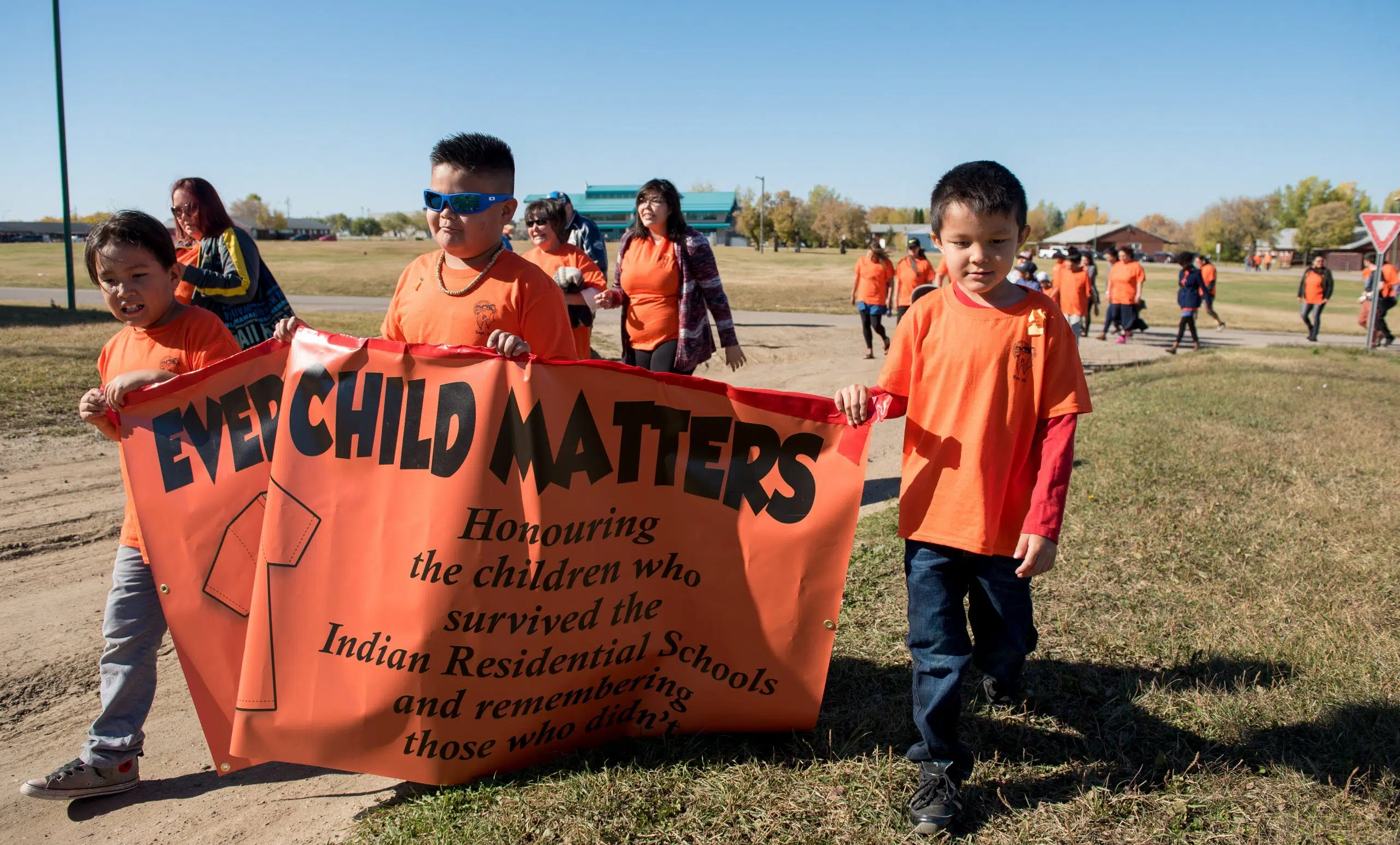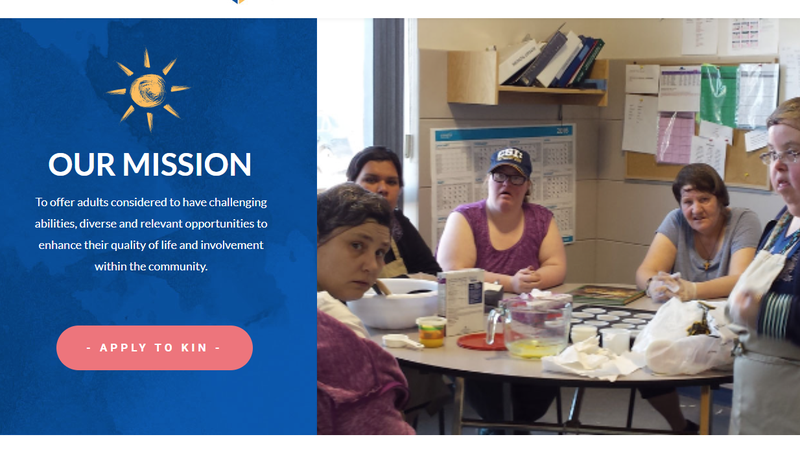
Orange Shirt Day remembers impacts of residential school system
When Phyllis Webstab was six years old, she was taken from her home wearing an orange shirt she and her grandmother selected for her wear.
But when she was snatched from her grandparents and ushered away to a St. Joseph Mission residential school, her bright orange shirt was striped from her body and she never saw it again.
In 2013, when the first Orange Shirt Day was held in British Columbia, the colour orange was used to commemorate this recount of the residential school system and to never forget what happened to many Indigenous children. Ever since, Sept. 30 was declared Orange Shirt Day to honour residential school survivors, their families and the ones who passed away from the legacy and consequential harms of the schools.
Friday in Prince Albert, schools across the city alongside the Prince Albert Grand Council hosted events to revisit the history and honour the survivors.


